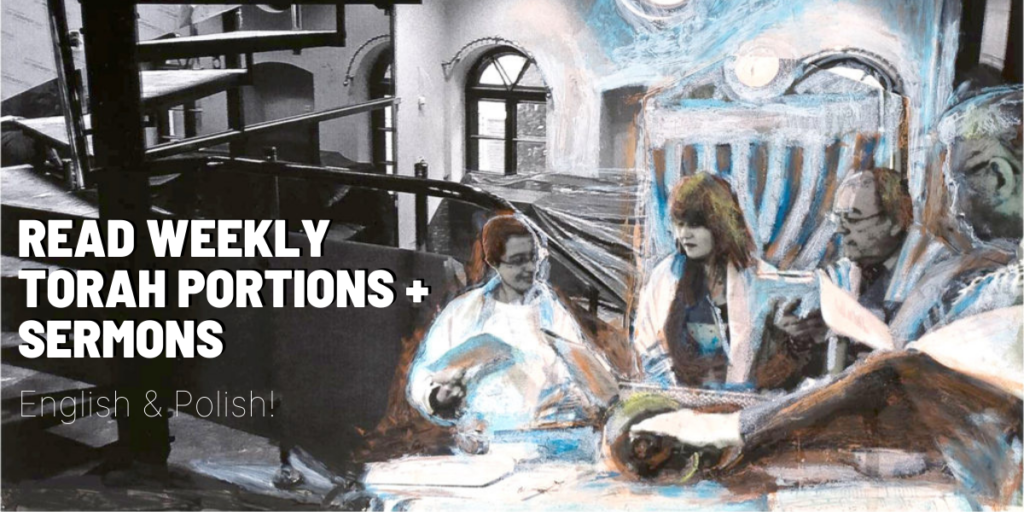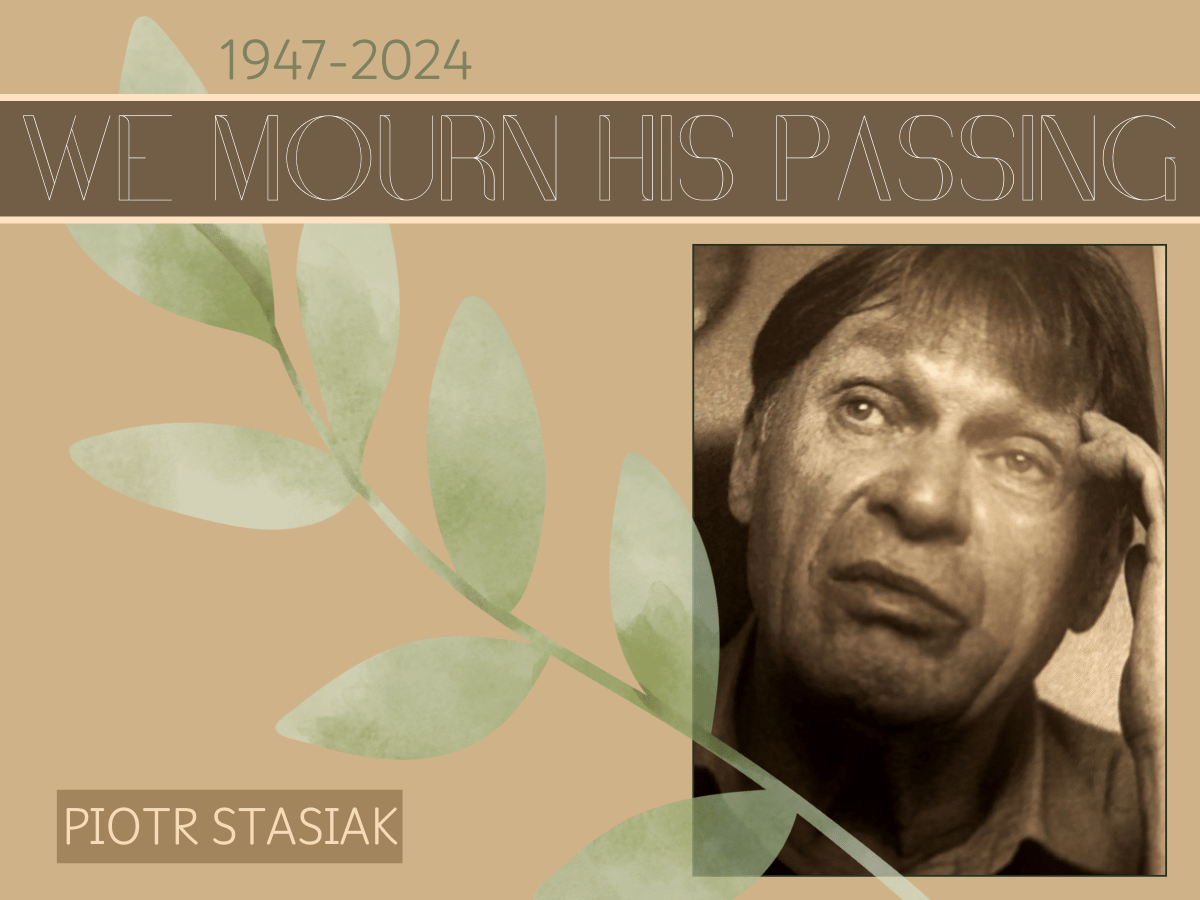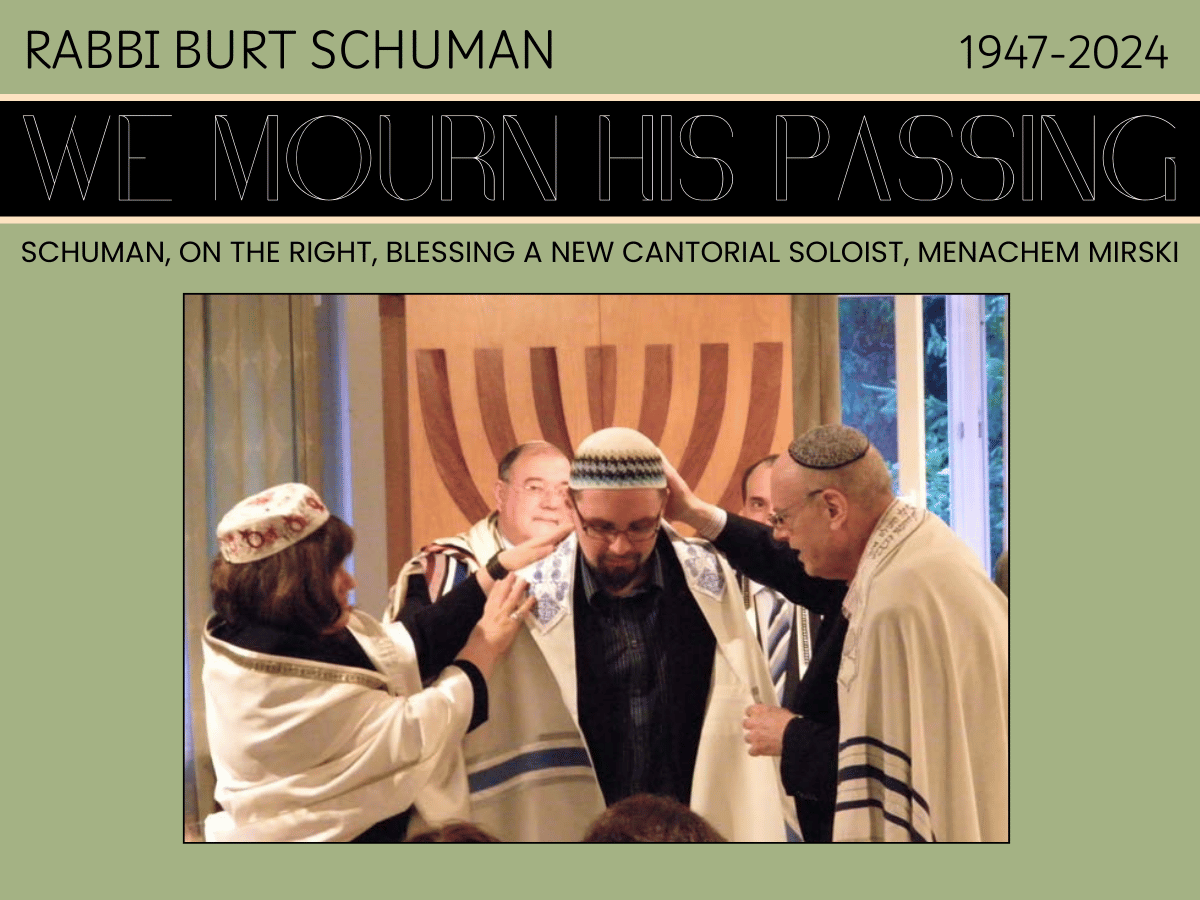Thoughts on Parashat Bereshit

Menachem Mirski
[maxbutton id=”6″ url=”https://polishjewsreviving.org/pozycja-czlowieka-we-wszechswiecie/” ] God’s unity and oneness is a fundamental theological principle in Judaism. Shema Israel Adonai Eloheinu, Adonai Echad! – these are the words we recite twice a day, everyday. There are, however, passages in the Torah that seem, at first glance, to question this Divine unity:
[perfectpullquote align=”full” bordertop=”false” cite=”” link=”” color=”” class=”” size=””]And God said, “Let us make humankind in our image, after our likeness. They shall rule the fish of the sea, the birds of the sky, the cattle, the whole earth, and all the creeping things that creep on earth.” (Genesis 1:26)[/perfectpullquote]
The very form of “let us make” as well as “in our image, after our likeness” served Christian theologians to justify their Trinitarian theology, which is an unacceptable position from the Jewish perspective. But what is then the proprer Jewish interpretation of these words spoken by God Himself?
Maimonides, Rabbi Isaac ben Moses Arama (known as Akeidah) and other commentators explain the expression “let us make” as an invitation to have the upper beings (the angels) and lower beings (the creatures on earth) involved in the creation of man. After God created the upper and lower beings, the need was felt for a creature that would link lower beings with the upper world, so that the lower beings would be able to exist. The man was created partly from the lower beings, from the dust of the earth, as they were created, but the life spirit in him comes from the upper, spiritual beings, like God and angels. This describes the general essence of man. Chazal in Midrash Rabbah 5 tell us that:
[perfectpullquote align=”full” bordertop=”false” cite=”” link=”” color=”” class=”” size=””]When the Holy One, Blessed be He, created man, He consulted with the ministering angels and said to them, “If I create him from the upper beings, he will live and not die, and if from the lower beings, he will die and not live. I will therefore create him from the upper and lower beings, so that if he lives he will die, and if he dies he will live.”[/perfectpullquote]
This is one of the most penetrating descriptions of man’s existential position. Both his essence and his existence is composed of the contradictory elements: life and death (with the goal of overcoming death and decay through creating life and through the life permeated with creation) as well as the spirit (from the upper beings) and the animalistic aspect (from the lower beings).
The man is therefore a pillar joining the two worlds. However, the goal of human existence is not only to unite these two worlds, but also to lift this lower world to the higher one. According to Rabbi Samson Raphael Hirsch, the Hebrew word for a man – adam – is not derived from adamah – the Hebrew word for the earth – but the other way around. Man is therefore a creative force which is to transform the surrounding reality so that it serves not only him, but also God and God’s plans. This idea is also included in the plural form in the Torah verse above: God uses this plural form just as a king uses the royal plural to stress that all of man’s actions are on behalf of the community and for the good of the community, and by community we mean all existing beings, the lower and the upper beings.
How is man to achieve these goals: joining these two worlds and elevating the lower world? Through actions through and within the Divine commandments – mitzvot – and this is a central element of human nature. Because man was created in the image of God he obtained special features differing from other creatures: intelligence, ability to understand the world and free will. However, man does not obtain these features at birth: every human being is meant to achieve this status over time. Therefore a man can ascend, to become God-like, but is also liable to fall into the abyss and become beast-like. On the practical level it all boils down to one ability: to say no to ourselves, to restrain our own natural impulses. According to the biblical metaphysics every creature acts in accordance with its natural tendencies and is a slave to its passions, but man can control his natural tendencies and that’s the most important way man resembles his Creator: that is the image of God that is part of his essence. We are to take care of the world and all the lower beings; but they, as well as nature and its resources, are to serve us in our duty to serve God. Our obligation is to find the proper balance in this structure; if we succeed in that, the entire world will not only survive but will grow and flourish.
Shabbat shalom!
Menachem Mirski
















Leave a Reply